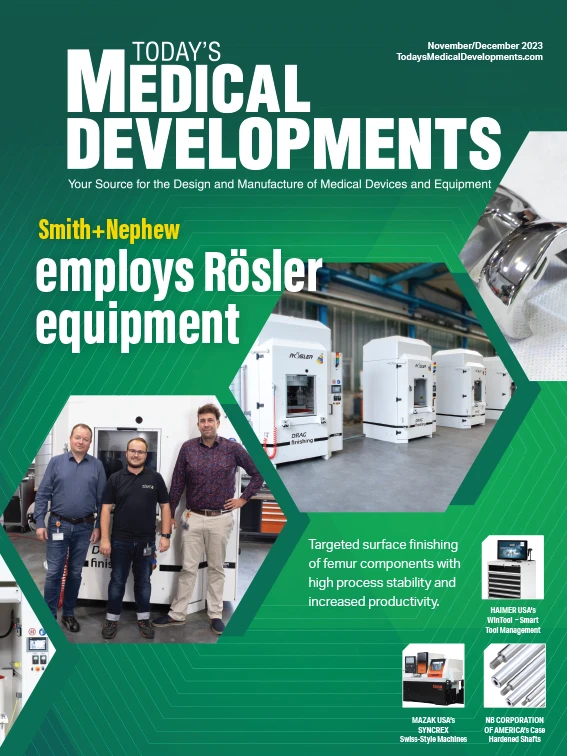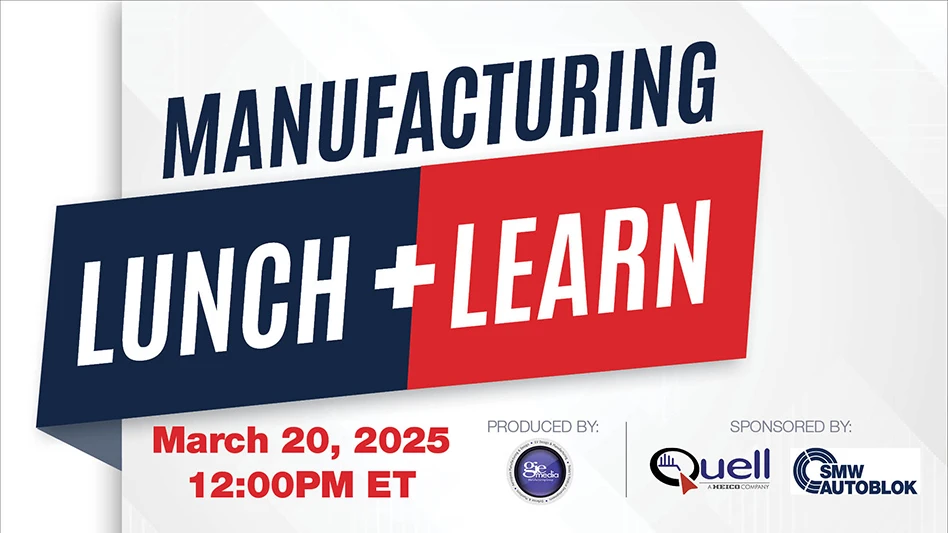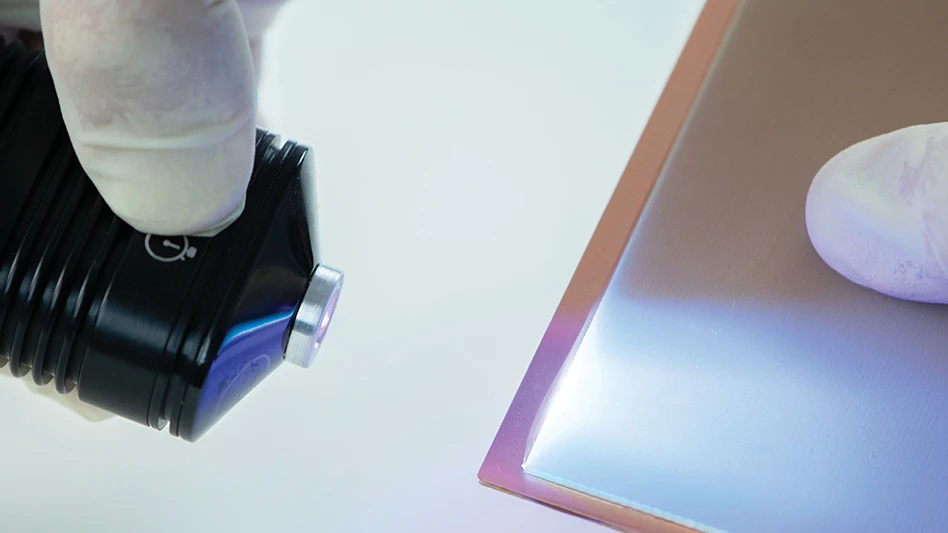
at the experimental station where the 3D images were successfully taken.
3D printing (3DP)/additive manufacturing (AM) is already used to produce many objects – increasingly in the medical, aerospace, and automotive industry. The method commonly used for metals and plastics is laser-based powder bed fusion (LPBF) where the material is applied as a fine powder layer on a substrate and then the laser passes over the powder and melts it to form it into the desired shape. The next thin layer of powder is deposited and once again melted by the laser and the component is built up sequentially.
Exactly what happens during the LPBF process has already been investigated using X-rays at the Swiss Light Source at PSI and fellow research institutes, but these microscopic insights have only provided 2D images to date.
“We wanted to go one step further and track the manufacturing process in 3D,” says Malgorzata Makowska, material scientist at PSI.
Instead of 2D X-ray images, the researchers wanted to obtain 3D tomograms with a speed allowing them to follow the laser spot. To do so, they had to rotate their sample during the manufacturing process and track this rapid rotary movement with the laser – a major challenge.
Magnet stabilizes a rotating precursor powder
The scientists used aluminum oxide for their experiments, a ceramic material typically used for implants. Because this material is extremely hard and brittle, however, fabricating complex shapes with conventional technology presents huge challenges.
“It would be much easier if one could print such components,” says PSI physicist Steven Van Petegem: “When printing aluminum oxide, however, it’s still difficult to obtain a sufficiently dense material and the desired microstructure.”
The experiments conducted at the SLS tomography beamline TOMCAT offered new insights into the manufacturing process. The test sample rotated at a speed of 50Hz (3,000rpm), while the laser traveled over the powder. Adapting the printing process to this extremely rapid rotation was one of the main difficulties while another challenge was to prevent the rotating material from drifting apart because of centrifugal forces. They achieved it by adding a tiny amount of magnetic iron oxide into the aluminum oxide powder particles and then incorporating a magnet to keep the powder in place. The magnet was mounted beneath the sample in a small cylinder with a 3mm diameter.
“Thanks to the fast GigaFRoST camera, an in-house PSI development, and a highly efficient microscope, it was possible to acquire 100 3D images each second during the printing process,” explains beamline scientist Federica Marone.
“For the first time we were able to directly visualize the melted volume in 3D,” Makowska says. “When we increased the power of the laser, no depression formed on the surface, as expected. Instead the melt pool spread out like a pancake and the surface was more or less flat.”

Printing the desired microstructure
The researchers could also observe how pores and hollows formed as the material hardened, which is important for future applications.
“We hope our experiments will reveal more about the printing process and that we can pass on this knowledge, so it can be put to practical use, even if there’s still a long way to go,” Van Petegem says.
Upgrades of the SLS machine are starting soon and a new TOMCAT 2.0 beamline coming into operation in 2025 will enhance the current capabilities.
Paul Scherrer Institute
https://www.psi.ch

Explore the November December 2023 Issue
Check out more from this issue and find your next story to read.
Latest from Today's Medical Developments
- Kistler offers service for piezoelectric force sensors and measuring chains
- Creaform’s Pro version of Scan-to-CAD Application Module
- Humanoid robots to become the next US-China battleground
- Air Turbine Technology’s Air Turbine Spindles 601 Series
- Copper nanoparticles could reduce infection risk of implanted medical device
- Renishaw's TEMPUS technology, RenAM 500 metal AM system
- #52 - Manufacturing Matters - Fall 2024 Aerospace Industry Outlook with Richard Aboulafia
- Tariffs threaten small business growth, increase costs across industries





